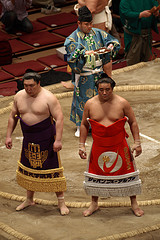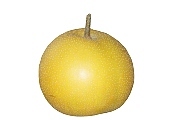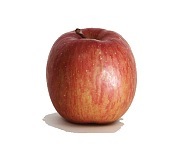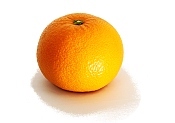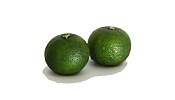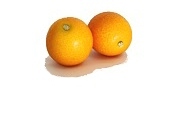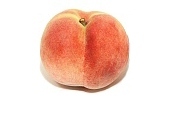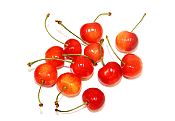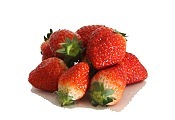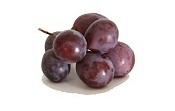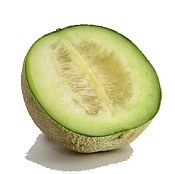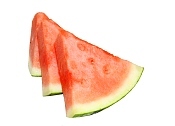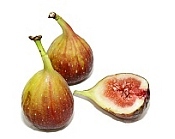Prosper Co., Ltd.
- is a registered car exporter based in Tokyo, Japan. Being a leading vehicle exporter and a pioneer parallel importer in Japan, we are committed to providing convenient, quick and professional services to worldwide customers. Our experienced professional staffs always put the pursuit of excellence in customer service as a top priority. Please contact us to import high-quality used cars at a very competitive price from Japan! You can find Japanese Used Car in our Online Shop which means you can buy Japanese used vehicle by mail order. You can pick up Japanese used cars from our stocks on the internet. Quick Dealing and Quick Shipping of our good condition cars are our policy. We export Japanese used vehicles from Japan to all over the World. We have many car makers and models in our stock such as Toyota, Nissan, Mazda, Mitsubishi..., many makers with sedan, SUV, Van and many others from bidding on auto auctions in Japan. Please contact us if you need Japanese used vehicles.
- is a registered car exporter based in Tokyo, Japan. Being a leading vehicle exporter and a pioneer parallel importer in Japan, we are committed to providing convenient, quick and professional services to worldwide customers. Our experienced professional staffs always put the pursuit of excellence in customer service as a top priority. Please contact us to import high-quality used cars at a very competitive price from Japan! You can find Japanese Used Car in our Online Shop which means you can buy Japanese used vehicle by mail order. You can pick up Japanese used cars from our stocks on the internet. Quick Dealing and Quick Shipping of our good condition cars are our policy. We export Japanese used vehicles from Japan to all over the World. We have many car makers and models in our stock such as Toyota, Nissan, Mazda, Mitsubishi..., many makers with sedan, SUV, Van and many others from bidding on auto auctions in Japan. Please contact us if you need Japanese used vehicles.
For More Info:
Please contact YURI
+81-50-5539-9816
Like Us on Facebook





